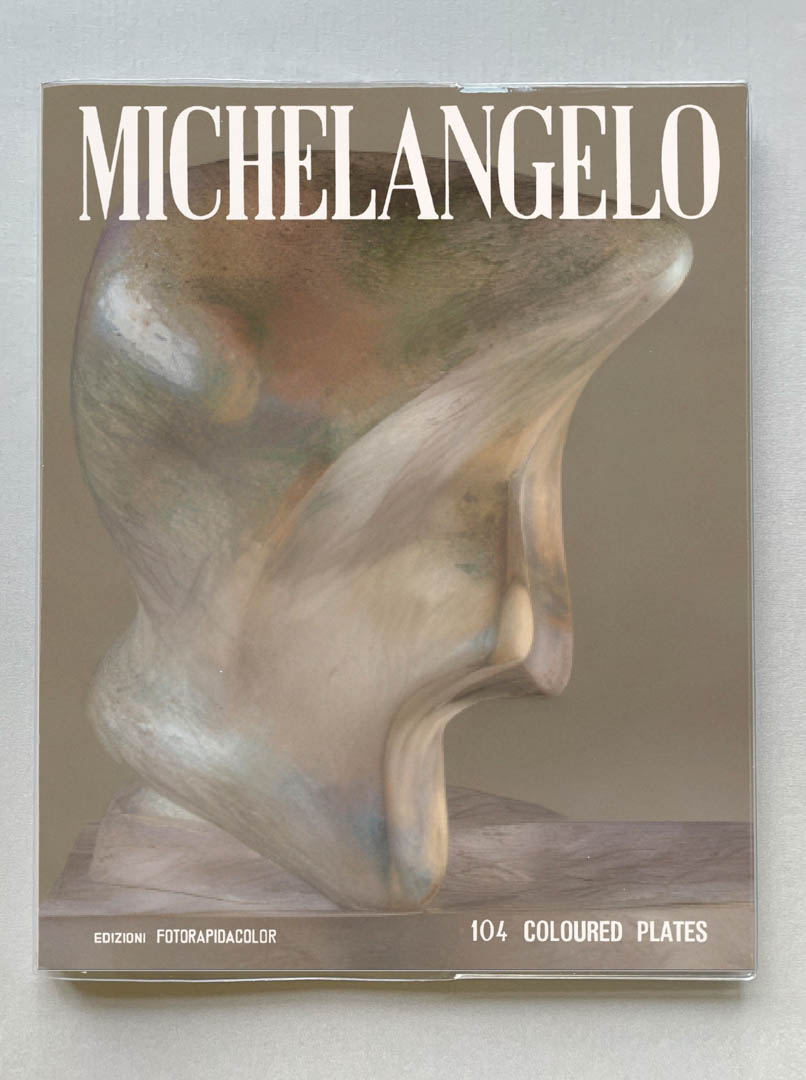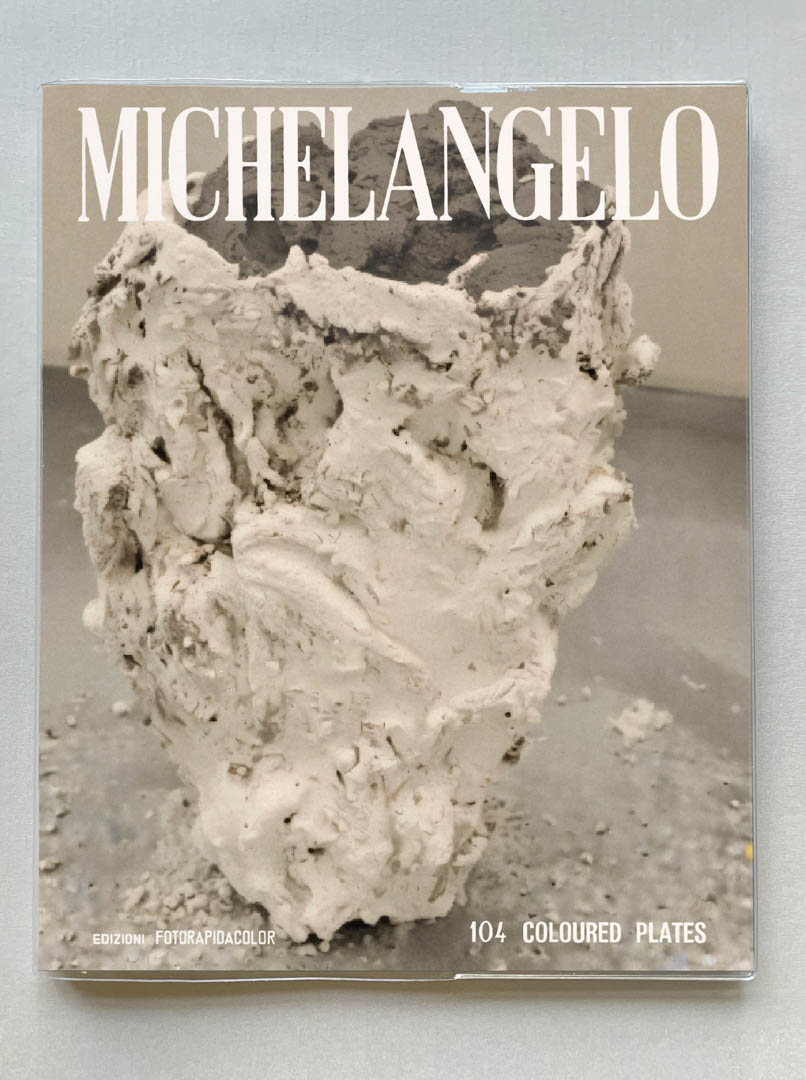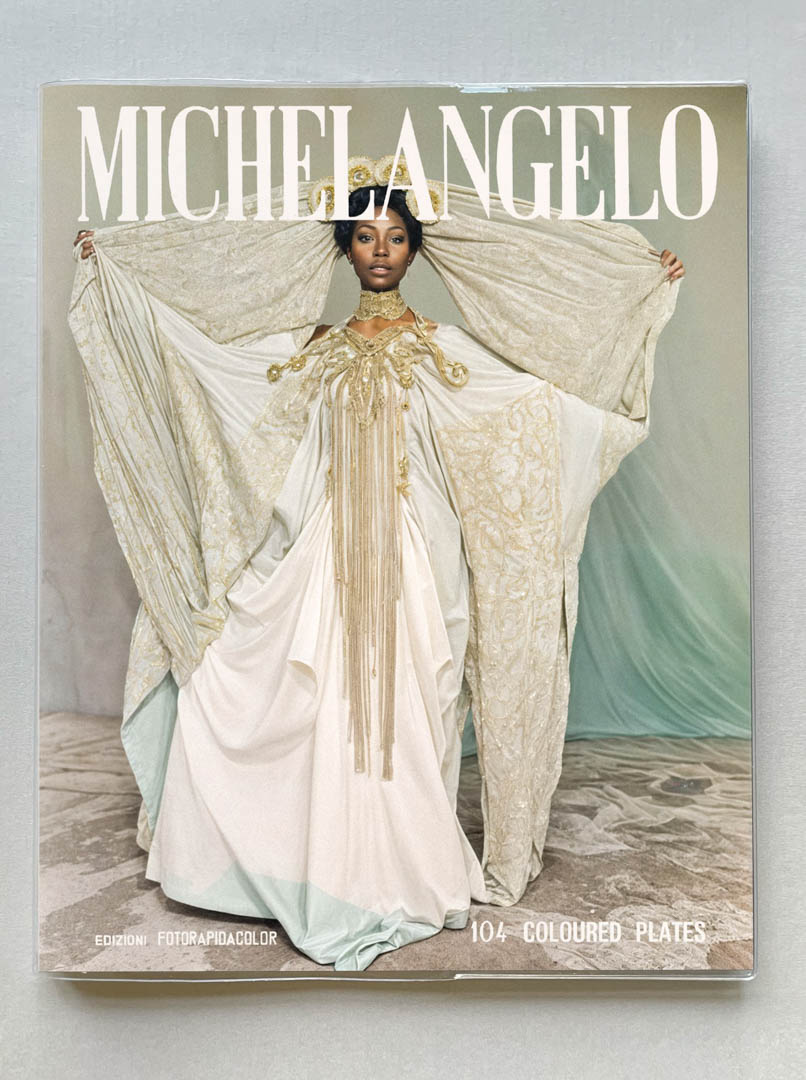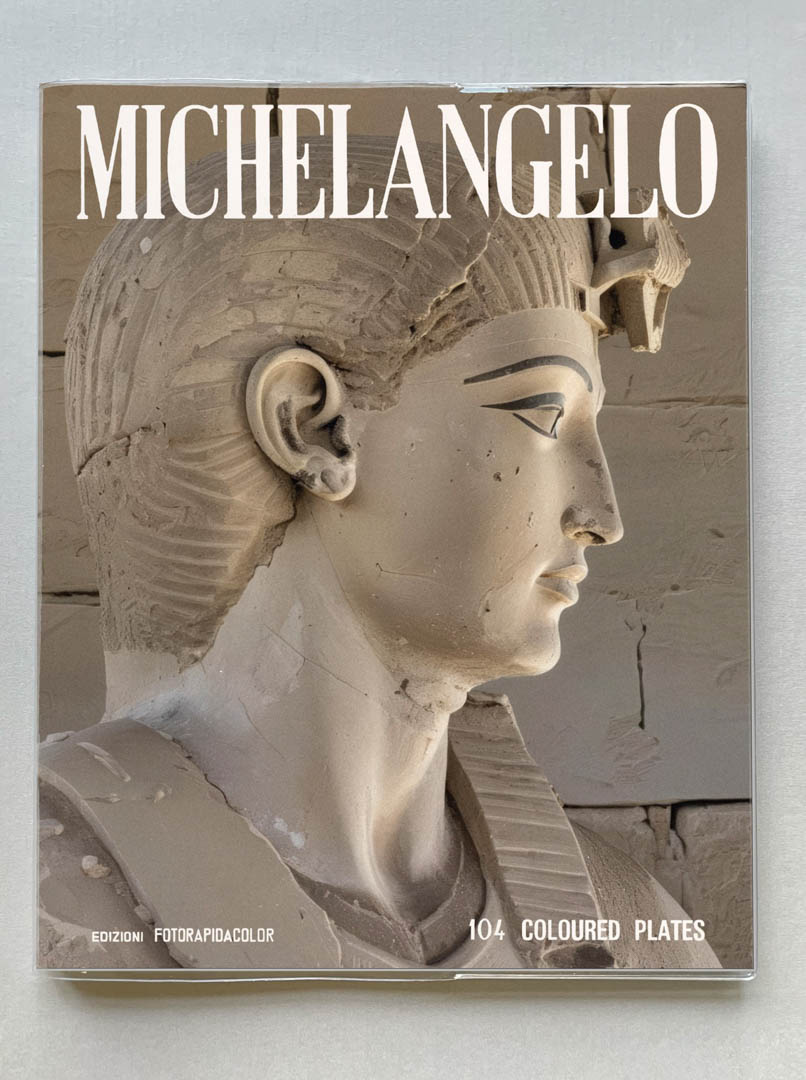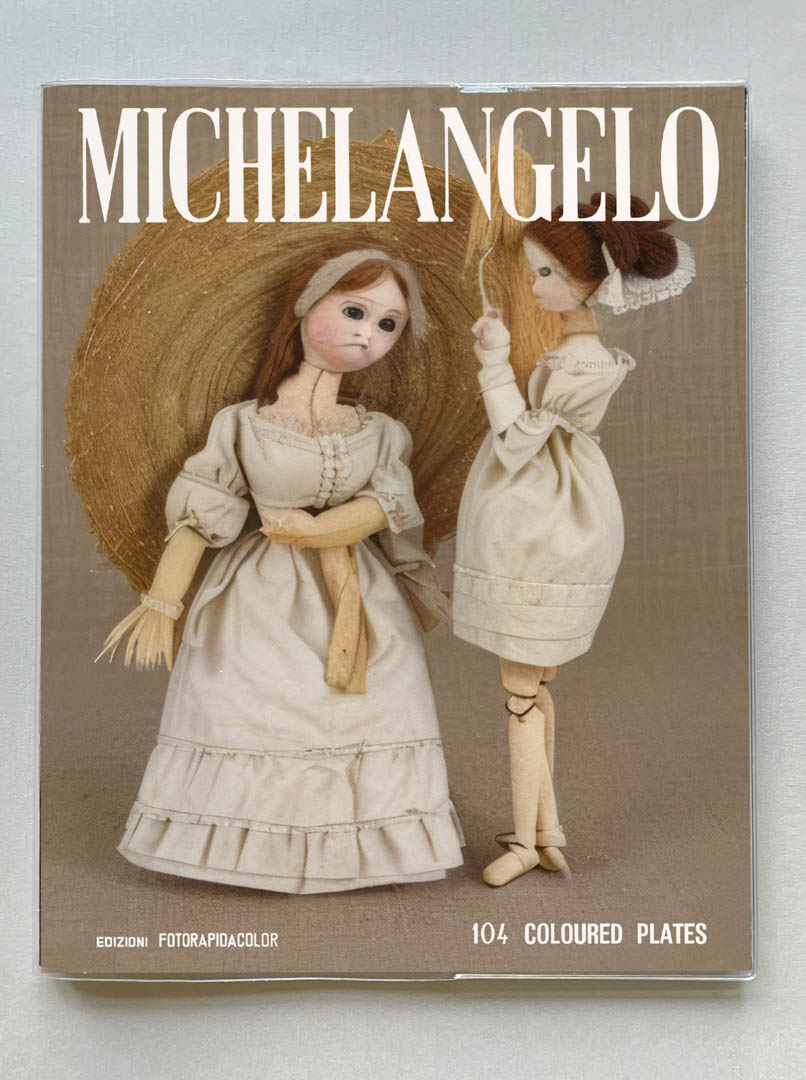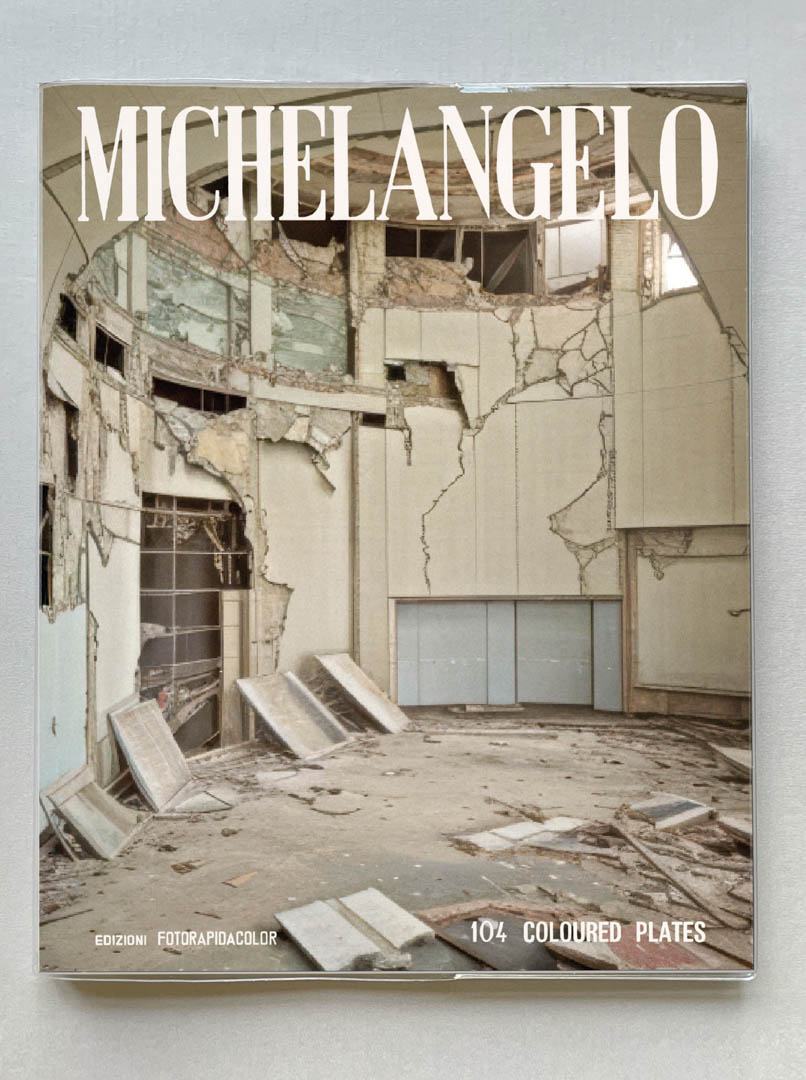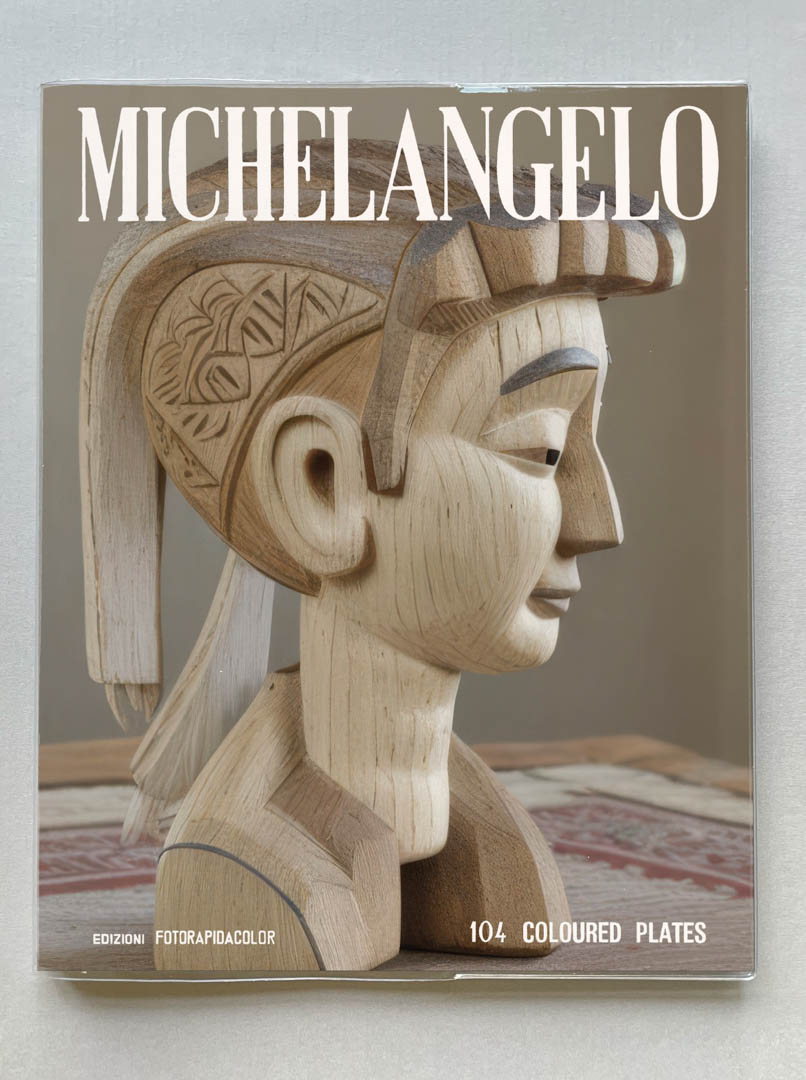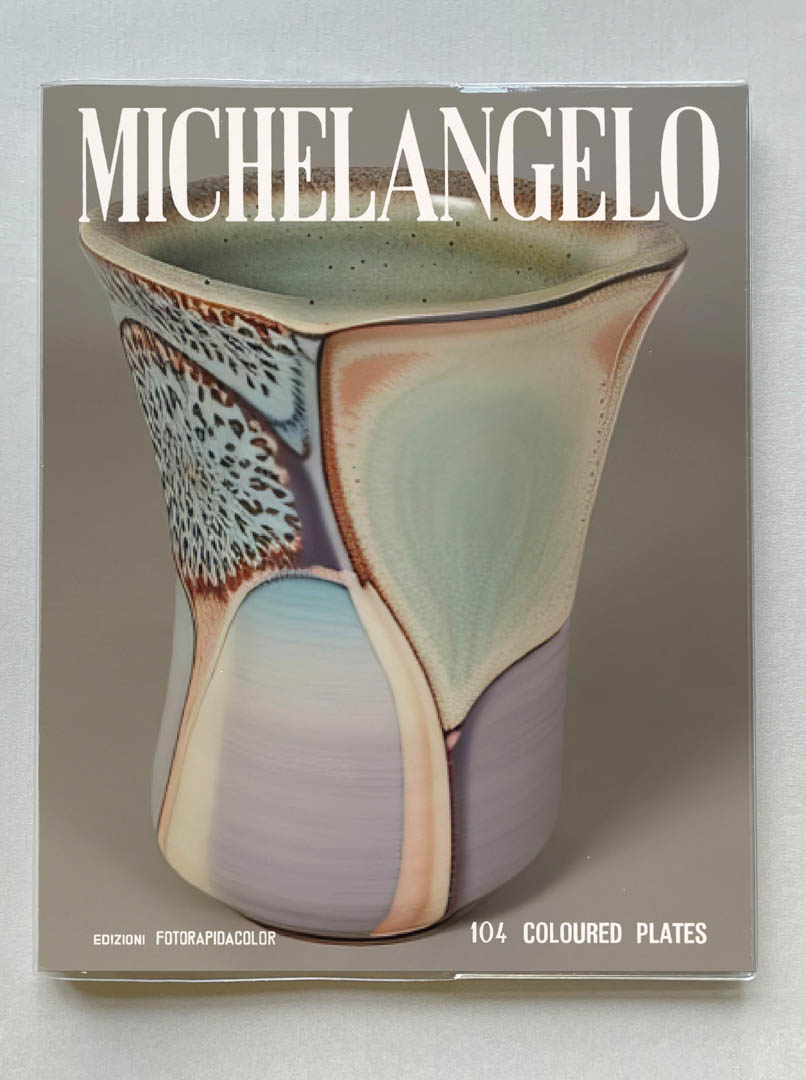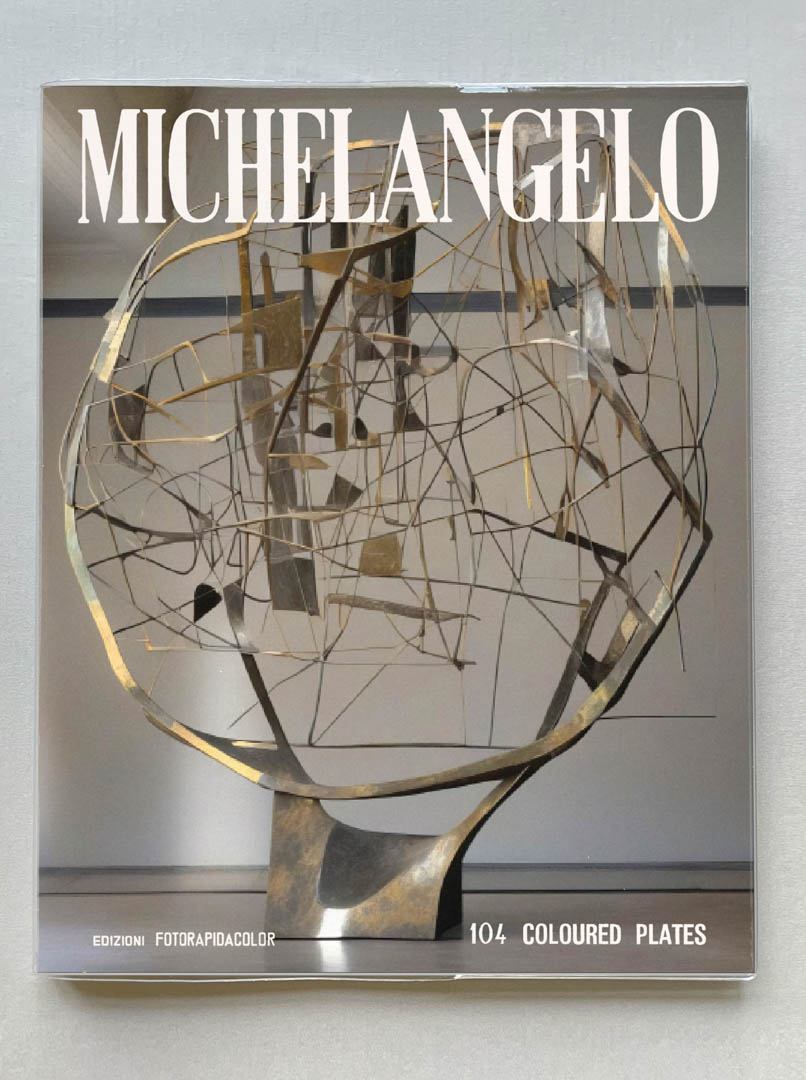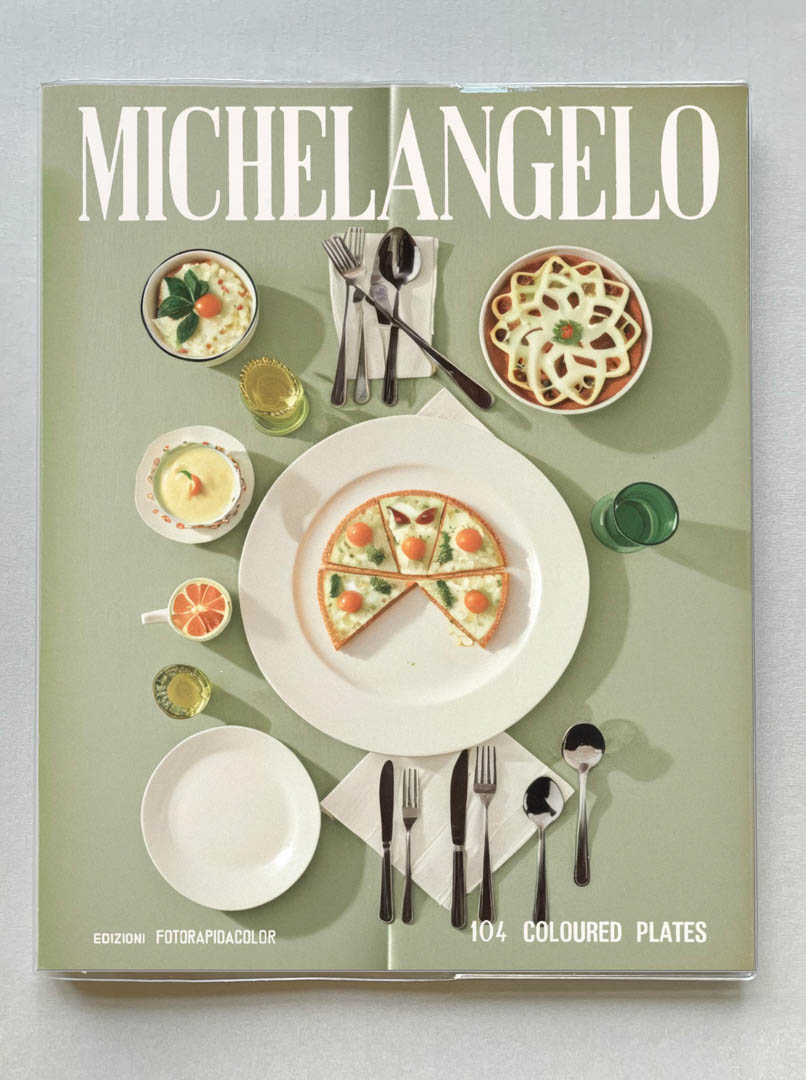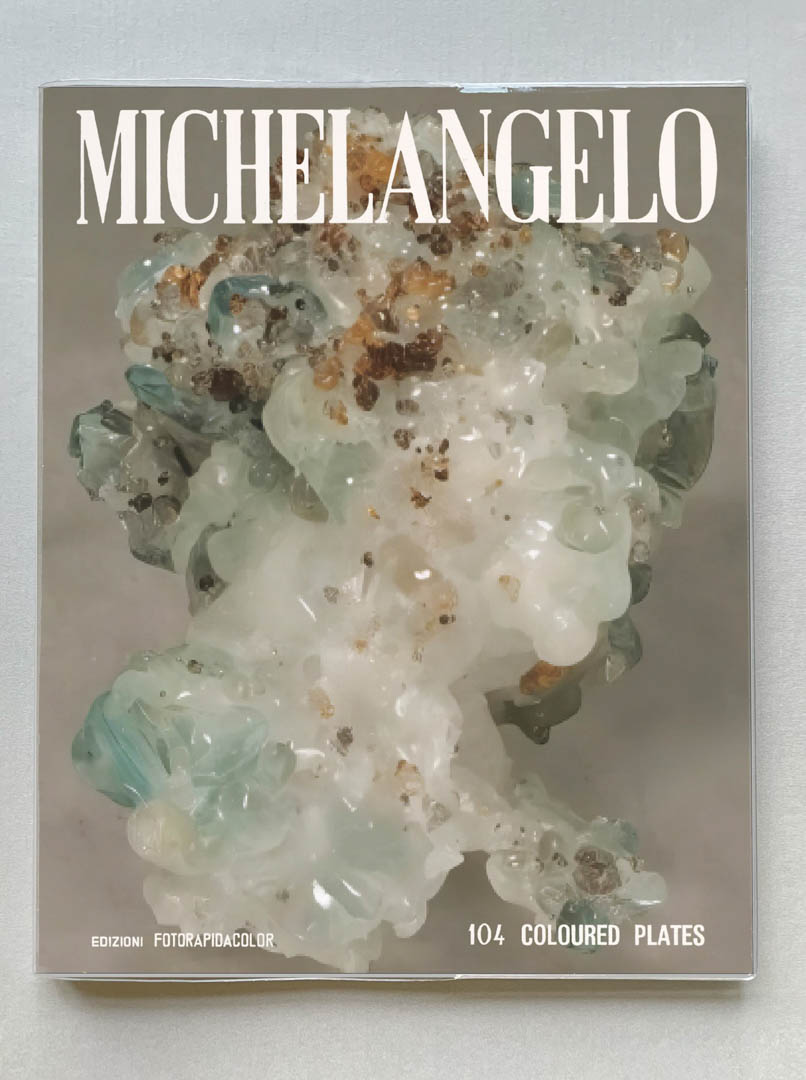Michelangelo Iconoclastia
installation view
1 Iconoclastia, italian for Iconoclasm︎︎︎ refers to the social belief in the importance of the destruction of icons and other images or monuments, most frequently for religious or political reasons.
2 The different versions of the original images in the various volumes I consider as instances of a phenomenological cycle. The notion of such a cycle first appeared in my work Ocean of Darkness, as can be read in it’s voice over text︎︎︎.
3 Transfiguration︎︎︎ means a) change in form or appearance: metamorphosis, b) an exalting, glorifying, or spiritual change..
4 Similarities between images among different volumes:
![]()
![]()
![]()
![]()
2 The different versions of the original images in the various volumes I consider as instances of a phenomenological cycle. The notion of such a cycle first appeared in my work Ocean of Darkness, as can be read in it’s voice over text︎︎︎.
3 Transfiguration︎︎︎ means a) change in form or appearance: metamorphosis, b) an exalting, glorifying, or spiritual change..
4 Similarities between images among different volumes:
Michelangelo Iconoclastia
For this ongoing project I already prompted and manually reviewed and edited over 50.000 images, resulting in the first 36 volumes presented here. The radical amount of obsessive and painstaking work needed to accomplish this project not only shows the individual qualities of the images created, but at the same time underline the meaninglessness of their uniqueness - since they all originate from an infinite source.
When looked at these books on their own, the interplay between the titles and text referring to the original works of art and the visual offspring of their depictions comes to the forefront.
But when considering the appearances of each image across the different volumes, families of images imbued by their shared visual origin take center stage, like instances of a transfigurational source.
The encyclopedic result refers to a cycle of destruction and rebirth. The repetition of transformed appearances suggests an underlying organizing force, while at the same time revealing the endlessness– and perhaps also the meaninglessness – of such unique manifestations. In doing so, it touches upon existential questions about creation itself.
